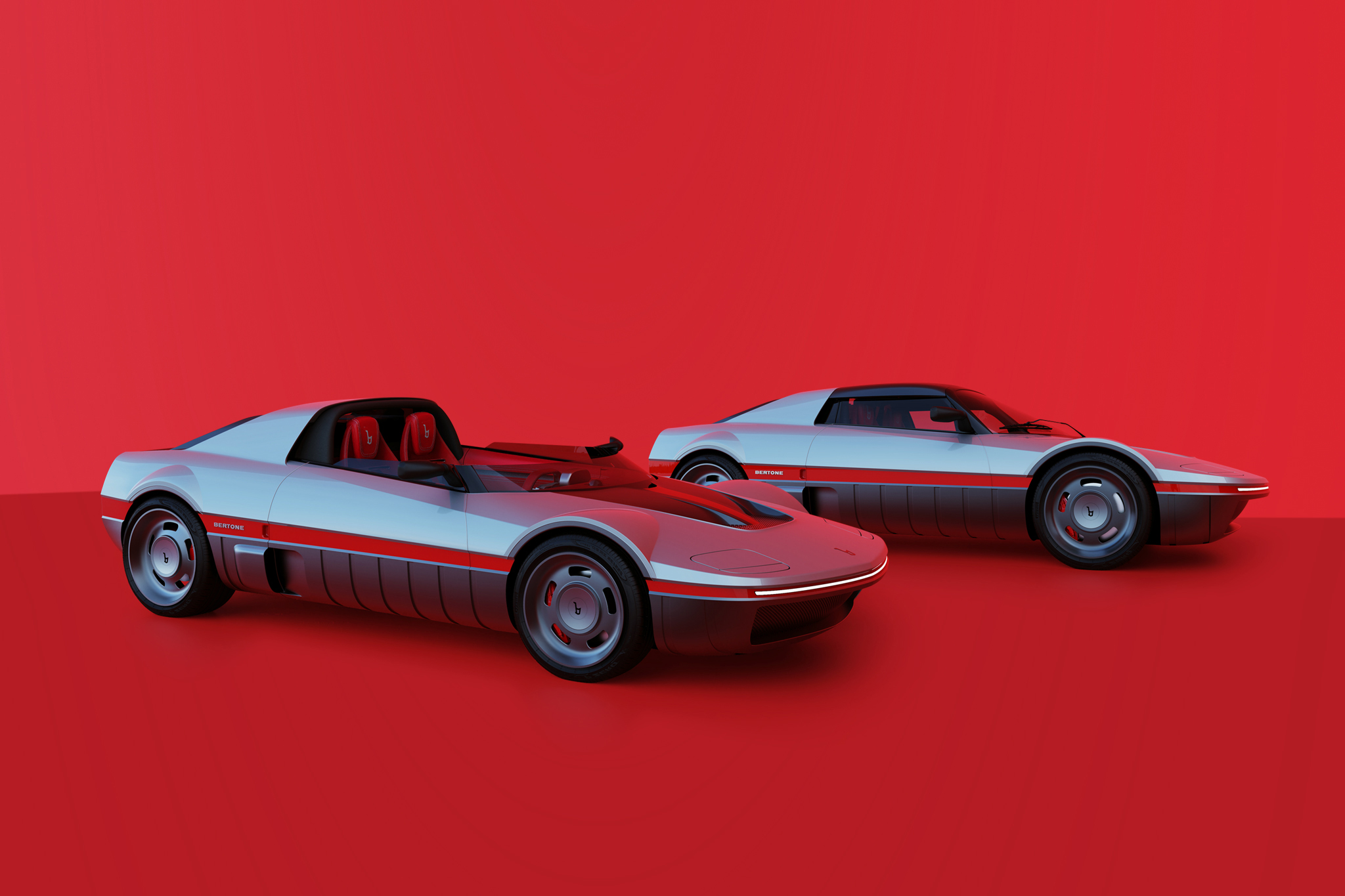Bugatti EB110 works racecars
Speaking of Bugatti today, the conversation partners directly have the Chiron as their current hypercar or its predecessor model, the Veyron in mind. One probably remembers the technically complex creations that have appeared under company founder Ettore Bugatti before and shortly after World War 2. But the interim episode of the brand in the 1990s, when the company headquarters moved to Italy under Romano Artioli, seem to be forgotten by many car enthusiasts. And yet, the EB110 in all its stages of development is a thoroughly respectable supercar, which by now finally enjoys the attention it deserves in collector’s circles. However, two special vehicles from the low-volume production are unique in their genesis and their career and therefore serve as a basis for our current story. It’s about the only two EB110 built by the factory for use in endurance racing.
After Bugatti had already set various speed records with an EB110 converted to use ethanol for fuel, there came a group from France to the Campogaliano headquarters near Modena/Italy and asked for support. They came from the Synergy race team, that considered the EB110 to be a capable race car for the GT category in endurance racing. Together with some Bugatti technicians, the Synergy team disassembled an EB110 prototype and rebuilt it as a racecar for Le Mans. For this purpose they built a new front bumper with additional lights and new air intakes for brake cooling, air outlets behind the front wheels, slightly widened fenders for wider slick tires, a larger, adjustable carbon rear wing, lightweight windows, a motorsport dashboard, a rollcage and a racing seat including multi-point belt. In addition, an engineer worked intensively on a straight-cut racing gearbox, for which he was allowed to take a look at a Formula 1 gearbox and its blueprints at Dallara through a contact. However, Bugatti was already in financial difficulties at that time, which made many suppliers unwilling to make new developments and then wait for their payment. Finally, the EB110 LM started with a slightly modified production gearbox, as did the EB110 SC GTS, which was developed and built for the Monaco Racing Team (MRT) a year later. The new gearbox was only used in testing sessions, but driver Gildo Pastor disliked it.
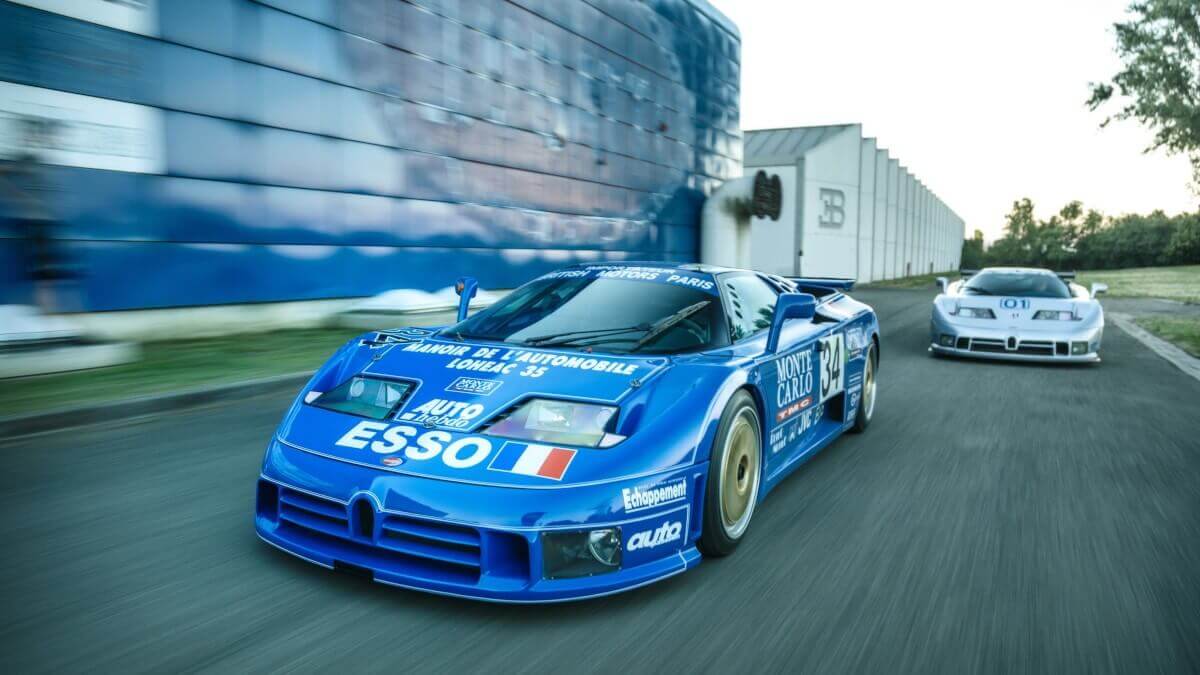

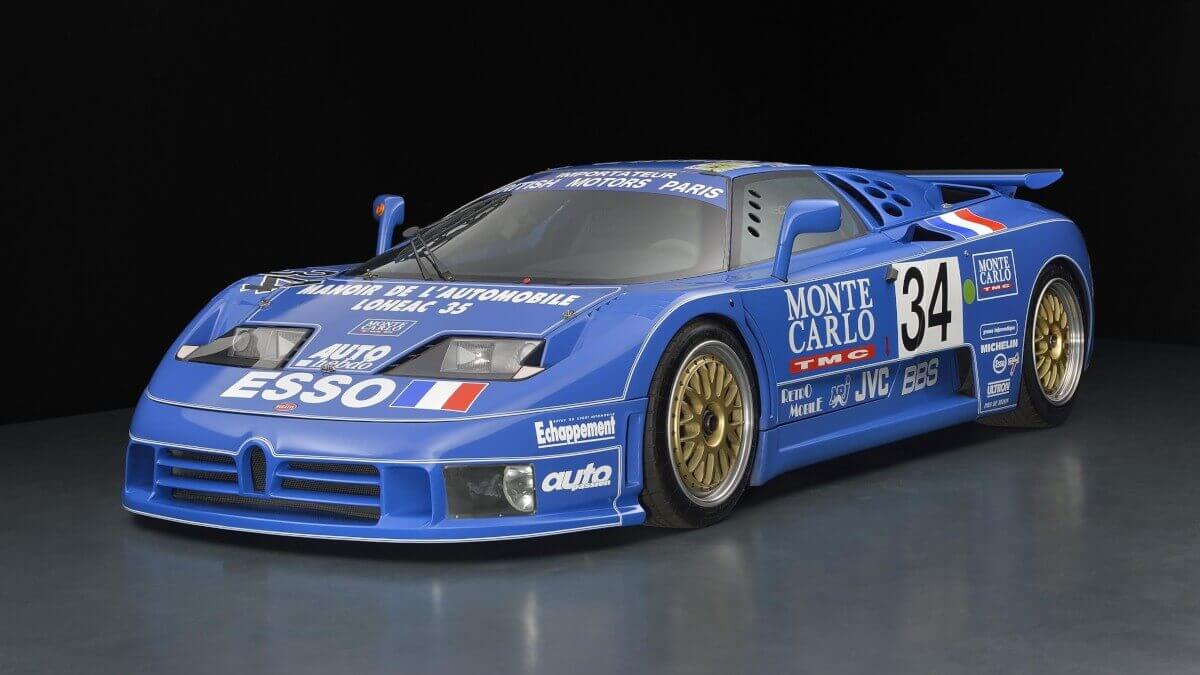

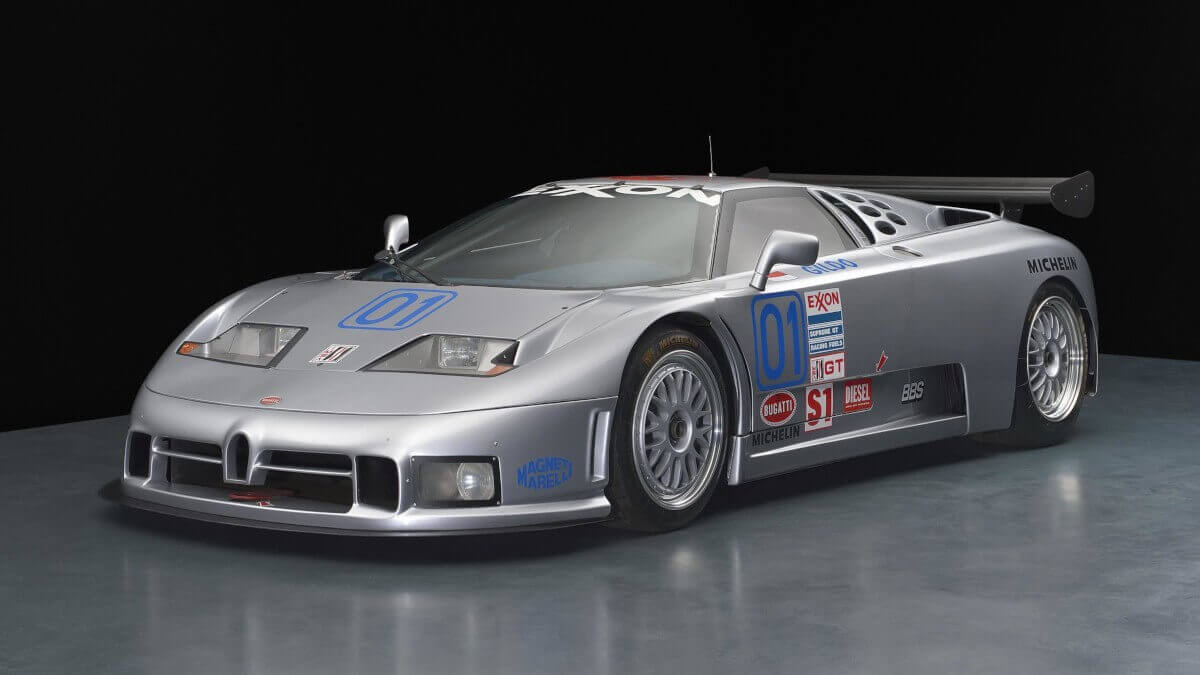

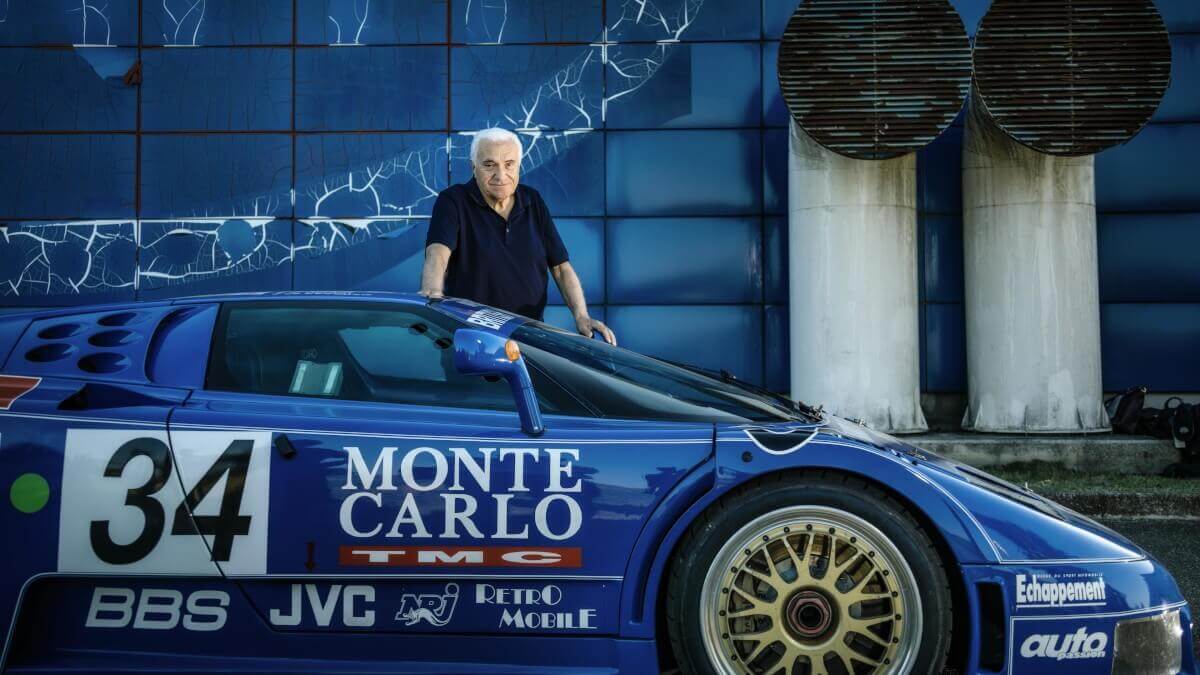



In those days, the rules of the GT categories were not uniformly designed around the world and so the EB110 LM and EB110 SC GTS differ externally as one was built for Le Mans and the other for the Northamerican IMSA Championship. Even the rollcage had to be completely redeveloped. Interestingly, the manufacturers were still allowed to take over the drive concepts of production vehicles unchanged into racing, which meant in the case of Bugatti a certain traction advantage through the permanent all-wheel drive system. On the other hand, the EB110 had a weight penalty as the second driven axle naturally weighs more. In the production vehicle Bugatti had problems with a too stiff wheelhub, on which the central wheel nut always lost a bit of torque immediately after the wheel started turning. For racing cars, however, central locks are necessary for faster pit stops. After the first races had gone smoothly, one of the Bugatti engineers, Vittorio Filippini, called the Synergy Team to ask them how they had got the problem under control. They sent him a technical drawing of their wheel nuts, which could hold on to the thread by means of other cone angles and spindle pitches and could hold the tightening torque.
Unfortunately, the Bugatti EB110 LM failed to finish the 24 Hours of Le Mans 1994 after 23 1/2 hours with an accident because of a puncture. For the construction of the 1995 EB110 SC GTS they used the experiences from the Le Mans car and refined the new racecar accordingly. For example, it received additional air outlets above the front wheels to reduce the pressure inside the wheelarches more effectively. Although the suspension points could not be changed compared to the production cars, the engineers managed to lower the EB110 SC GTS by using specially welded steel components with higher mounted wheel hubs. At the same time, prototype parts were developed for a possible subsequent racing season in 1996 and 1997, which were made of solid steel blocks by using CNC milling machines. But due to the financial problems of Bugatti it was no longer possible to use this components. After starting in the IMSA GTS-1-class at races in California, Florida and even at the Formula 1 circuit in Suzuka/Japan, the EB110 SC GTS crashed during the pre-test for Le Mans 1996. The carbon monocoque was damaged, but repairable, although not before the race in Le Mans started. Previously the car scored fifth place at Watkins Glen 1995, sixth at Sears Point 1995 and a promising seventh place overall ahead of a technical failure at the 24 Hours of Daytona 1996 and thus demonstrated impressively the potential of this race car.
Because of the damaged car, Gildo Pastor had to say goodbye to his dream of driving in Le Mans with a Bugatti and possibly scoring a good result. However, in March 1995 he set a speed record with an EB110 Supersport on conventional street tires from Michelin at a frozen lake in Finland. There he reached an average speed of 296.34 kph over a flying kilometer. If there would’ve been more successes possible with the racing car is up to everyones imagination. Due to the bankruptcy of Bugatti, unfortunately, it remained an unexplained question.
Images: Drive Experience, Jürgen Skarwan, PM Images



